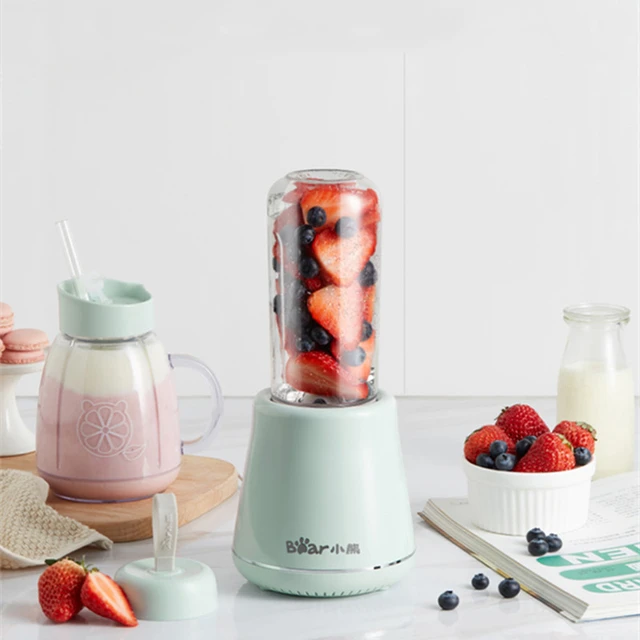
Introduction
Margaritas are a classic and refreshing cocktail, and adding fresh fruit to the mix can take them to a whole new level. The Margaritaville blender is an excellent tool for creating fruity and vibrant margaritas that burst with flavor. In this guide, we will explore the possibilities of incorporating fruit into your Margaritaville blender creations. From selecting the right fruit to blending techniques, we will provide specific instructions and tips to help you create delicious and visually appealing margaritas that showcase the natural sweetness and freshness of fruits.
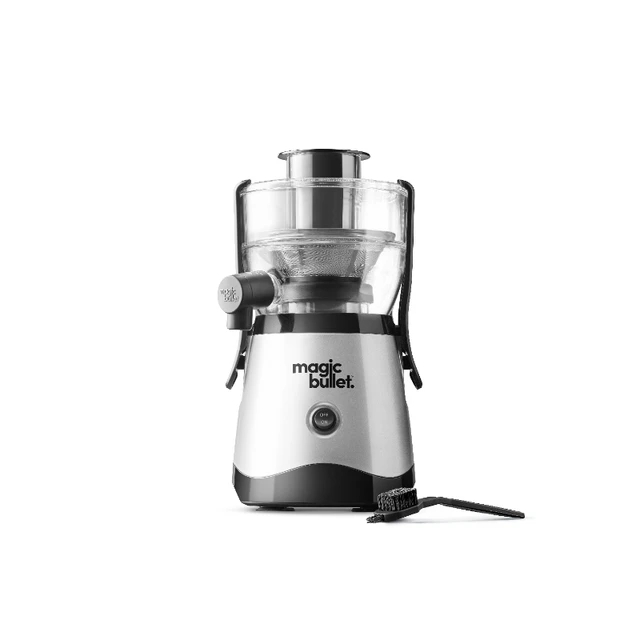
Can you put fruit in Margaritaville blender?
Selecting the Perfect Fruits
1.1. Fresh and Ripe Fruits
Choose fruits that are fresh, ripe, and at the peak of their flavor. Look for vibrant colors, firm textures, and fragrant aromas. Ripe fruits will provide the best balance of sweetness and acidity in your margaritas.
1.2. Popular Fruit Options
Some popular fruit options for margaritas include strawberries, mangoes, pineapples, peaches, raspberries, and watermelons. These fruits lend themselves well to blending and can add a burst of flavor and natural sweetness to your margaritas.
1.3. Frozen Fruits
If fresh fruits are not available or out of season, frozen fruits can be a convenient alternative. Frozen fruits can offer similar flavor and texture, making them ideal for creating consistent and refreshing margaritas.
Preparation and Techniques
2.1. Washing and Cleaning
Thoroughly wash and clean your chosen fruits before using them in your margaritas. Remove any stems, seeds, or inedible parts.
2.2. Slicing and Dicing
Depending on the fruit, slice, dice, or chop it into smaller pieces for easier blending. This will help the blender effectively break down the fruit and create a smooth consistency.
2.3. Freezing Fruits
For a frostier and more refreshing margarita, consider freezing your fruits before blending. Place the prepared fruit pieces in a single layer on a baking sheet and freeze them until solid. Frozen fruit provides a thicker and slushier texture to your margaritas.
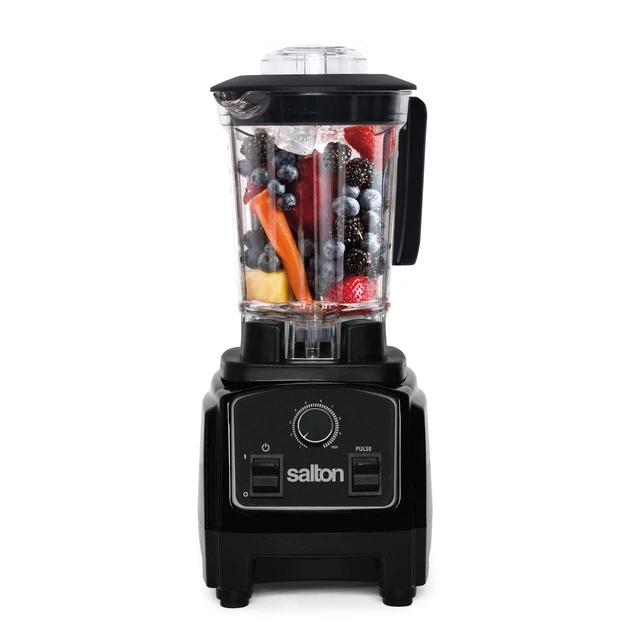
Blending Techniques
3.1. Fruit Placement
Place the prepared fruit pieces into the Margaritaville blender pitcher along with the other margarita ingredients, such as tequila, orange liqueur, lime juice, and ice. Start with smaller amounts of fruit and gradually increase the quantity to achieve the desired flavor intensity.
3.2. Adjusting the Consistency
The amount of fruit used will affect the texture and consistency of your margaritas. Add more fruit for a thicker and fruitier margarita or adjust with more ice or liquid ingredients for a lighter consistency. Monitor the blending process and adjust as needed to achieve your desired texture.
3.3. Gradual Blending
Start the blending process at a low speed to break down the fruit and incorporate the other ingredients. Gradually increase the speed until you reach a smooth and uniform consistency. Pause occasionally to scrape down the sides of the blender pitcher to ensure even blending.
3.4. Adjusting Ingredients
As you blend, taste the margarita and adjust the ingredients as necessary. Add more fruit for a stronger fruit flavor, more lime juice for added tanginess, or more simple syrup for sweetness. Experiment and customize according to your taste preferences.
Fruity Margarita Combinations
4.1. Strawberry Margarita
Blend fresh or frozen strawberries with the classic margarita ingredients for a delightful strawberry margarita. Adjust the sweetness by adding simple syrup to balance the tartness of the strawberries.
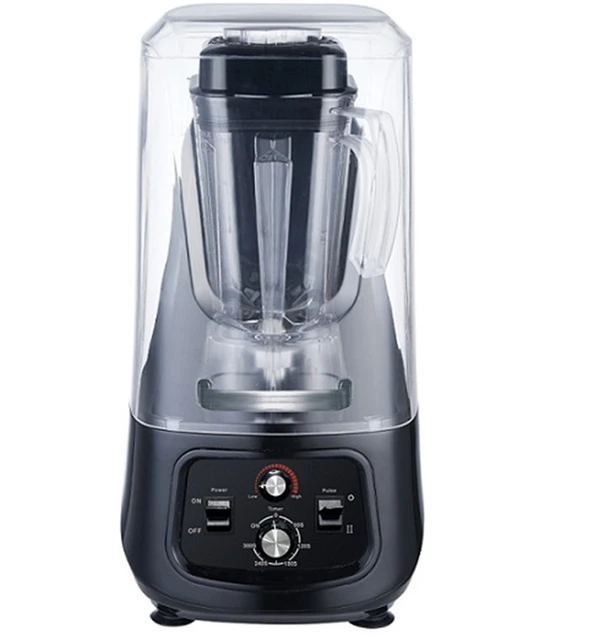
4.2. Mango Margarita
Create a tropical twist by blending fresh or frozen mango chunks with the margarita base. Mangoes provide a luscious and sweet flavor that pairs beautifully with the citrusy notes of lime.
4.3. Pineapple Margarita
Blend fresh or frozen pineapple chunks to add a tropical and tangy flavor to your margaritas. Pineapple imparts a refreshing and slightly acidic taste that complements the tequila and lime.
4.4. Mixed Berry Margarita
Combine a medley of fresh or frozen berries, such as strawberries, raspberries, and blueberries, to create a vibrant and antioxidant-rich margarita. These berries lend a burst of sweetness and a beautiful hue to your drink.
Presentation and Garnishes
5.1. Fruit Garnishes
Garnish your fruity margaritas with slices, wedges, or chunks of the respective fruit used. This adds visual appeal and hints at the flavors infused within the drink. For example, a strawberry margarita can be garnished with a fresh strawberry on the rim of the glass.
5.2. Citrus Twists or Zests
Enhance the aromatics and citrus notes of your margaritas by adding twists or zests of lime, lemon, or orange. Rub the twist around the rim of the glass to release the essential oils and impart a subtle fragrance.
5.3. Herb Sprigs
For an herbal touch, garnish your fruity margaritas with sprigs of fresh herbs such as mint, basil, or cilantro. These herbs add a fragrant element and can elevate the overall sensory experience.
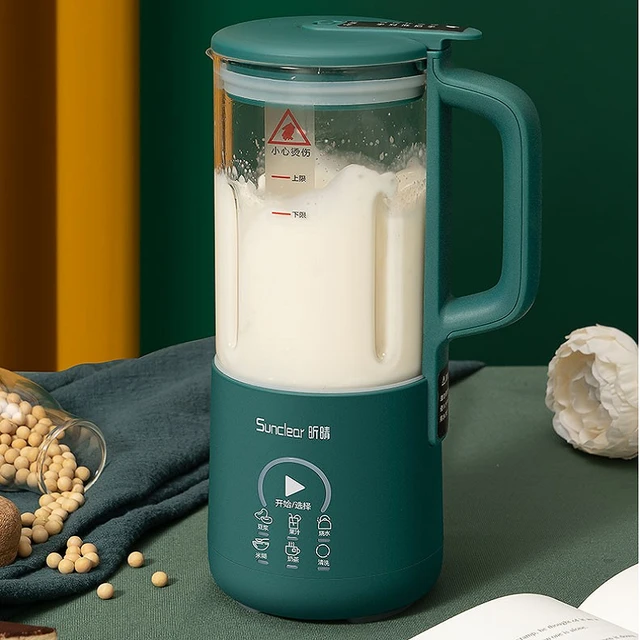
Non-Alcoholic Fruit Blends
6.1. Virgin Fruit Margaritas
If you prefer non-alcoholic options, you can easily make virgin fruit margaritas by omitting the tequila and orange liqueur. Increase the amount of lime juice and simple syrup to balance the flavors and sweetness.
6.2. Mocktail Variations
Incorporate different fruit combinations and flavors to create a variety of mocktail margaritas. Blend fruits like watermelon, berries, or tropical fruits with lime juice and simple syrup for a refreshing and alcohol-free tropical mocktail.
Additional Tips and Considerations
8.1. Balancing Flavors
When adding fruit to your margarita, it’s important to consider the balance of flavors. Keep in mind the sweetness and acidity of the fruit and adjust the other ingredients accordingly. For example, if you’re using a very sweet fruit like watermelon, you may need to reduce the amount of simple syrup or add more lime juice to balance the flavors.
8.2. Frozen Fruit vs. Fresh Fruit
Using frozen fruit in your margaritas can provide a thicker and more slushy consistency. However, if you prefer a lighter and more refreshing drink, fresh fruit can also be used. Experiment with both options to find your preferred texture.
8.3. Fruit Purees or Fresh Fruit Pieces
You have the option to blend the fruit into a smooth puree or leave small chunks of fruit for added texture and visual appeal. Consider your personal preference and the type of fruit you’re using when deciding whether to blend it completely or leave some small pieces.
8.4. Proper Blade Assembly
Ensure that the blender’s blades are properly assembled before blending fruit. Large pieces of fruit or woody fruit parts can damage the blades if not properly processed. Take care to remove any seeds, pits, or tough stems before blending.
8.5. Experimentation and Creativity
Don’t be afraid to get creative and experiment with different fruit combinations. Mix and match flavors to create unique margarita blends that suit your taste preferences. Consider adding herbs like basil or mint to enhance the flavor profile even further.
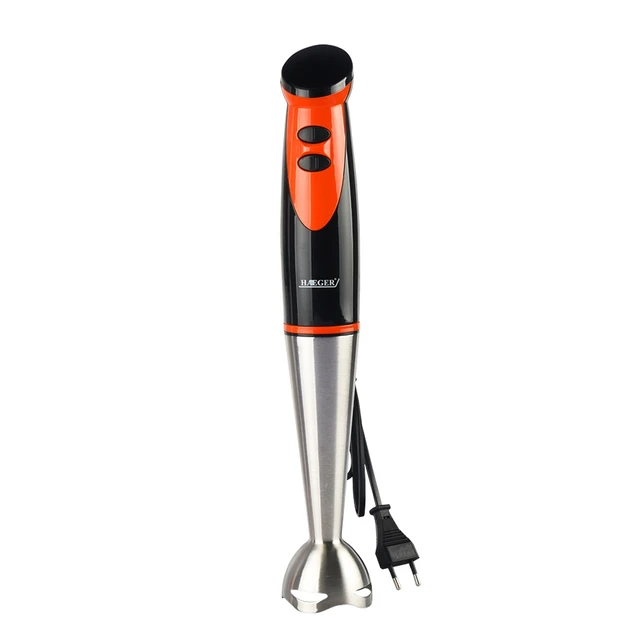
Conclusion
Adding fresh fruit to your margaritas is a fantastic way to infuse them with natural sweetness, vibrant colors, and a burst of flavor. With a Margaritaville blender, creating fruity margaritas becomes even more enjoyable and effortless. Remember to select ripe and flavorful fruits, prepare them appropriately, and adjust the blending techniques to achieve the desired consistency. Don’t be afraid to experiment with different fruit combinations and personalize your margaritas to suit your taste preferences. Whether you choose strawberries, mangoes, pineapples, or a mix of berries, the Margaritaville blender will help you create visually stunning and delicious margaritas that are perfect for any occasion. Cheers to enjoying the tropical flavors of fruity margaritas!